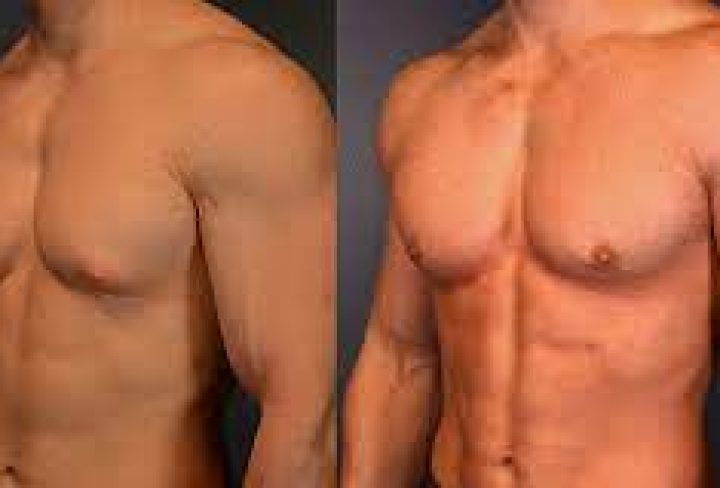By Dr. Shivam Dang – Cosmetic & Plastic Surgeon, Dehradun
Gynecomastia, or the enlargement of male breast tissue, can be a source of embarrassment and discomfort for many men. While surgery is the most common and effective treatment, there are non-surgical options available as well. In this blog, we will explore whether these alternatives can offer a lasting solution or if surgery remains the best option.
What Is Gynecomastia?
Gynecomastia occurs when there is an imbalance of the hormones estrogen and testosterone, causing the breast tissue to enlarge. This condition can affect one or both breasts and can happen during puberty or later in life due to various factors like obesity, medication, or underlying health conditions.
Non-Surgical Treatment Options for Gynecomastia
There are a few non-surgical treatments available that may help manage gynecomastia. Let’s look at some of the most commonly used options.
1. Medications:
Certain medications like selective estrogen receptor modulators (SERMs) or aromatase inhibitors may be prescribed by your doctor to reduce the size of the breast tissue. These medications help balance the hormones, addressing the root cause of gynecomastia.
- How It Works: These drugs block estrogen receptors or reduce estrogen production.
- Effectiveness: While some studies suggest moderate success, the results vary, and long-term use can have side effects.
2. Liposuction (Non-Surgical Liposuction for Gynecomastia):
In some cases, gynecomastia can be caused by excess fat rather than glandular tissue. Non-surgical liposuction may be an option to remove the fat and reshape the chest area.
- How It Works: A small cannula is used to break up fat and suction it out without making large incisions.
- Effectiveness: Liposuction is most effective for treating fatty tissue and may be combined with other treatments for best results.
3. CoolSculpting:
CoolSculpting is a non-invasive fat reduction procedure that uses freezing technology to target and reduce fat cells in the chest area. It’s a potential alternative for men with fatty gynecomastia.
- How It Works: The targeted area is exposed to controlled cooling to freeze and eliminate fat cells.
- Effectiveness: Results can take a few months to become visible and may not be suitable for severe cases of gynecomastia.
4. Lifestyle Changes:
Sometimes, gynecomastia may be linked to obesity or excessive alcohol consumption. Making healthier lifestyle choices can help reduce the appearance of gynecomastia by decreasing overall body fat.
- How It Works: Diet and exercise may help reduce fat deposits in the chest area.
- Effectiveness: While this method may help reduce fatty tissue, it is not likely to eliminate glandular tissue, which may require surgical intervention.
Do Non-Surgical Options Really Work?
Non-surgical options can be effective for mild cases of gynecomastia, especially when the condition is caused primarily by excess fat. However, for more significant or glandular gynecomastia, surgery (such as liposuction or gland excision) remains the most reliable and long-term solution.
Why Surgery May Still Be the Best Option:
- Permanent Results: Surgery offers a permanent solution by removing the glandular tissue, which cannot be addressed by non-surgical treatments.
- More Comprehensive Treatment: For severe cases of gynecomastia, a combination of liposuction and glandular excision may be necessary to achieve a smooth, natural chest contour.
When to Consider Surgery
If non-surgical treatments have not provided satisfactory results or if your gynecomastia is severe, it may be time to consider surgery. Dr. Shivam Dang offers personalized consultations to help determine the best approach for your case.
Why Choose Dr. Dangs Clinic for Gynecomastia Treatment?
- Experienced and Skilled Surgeon – Dr. Shivam Dang
- Advanced, Minimally Invasive Techniques
- Personalized Aftercare and Support
Book Your Appointment Now!
📱 Call/WhatsApp: 8077625122
🌐 Website: https://drdangsclinicdehradun.com/index.html
📸 Instagram: @drdangsclinic
📹 YouTube: Dr. Shivam Dang

